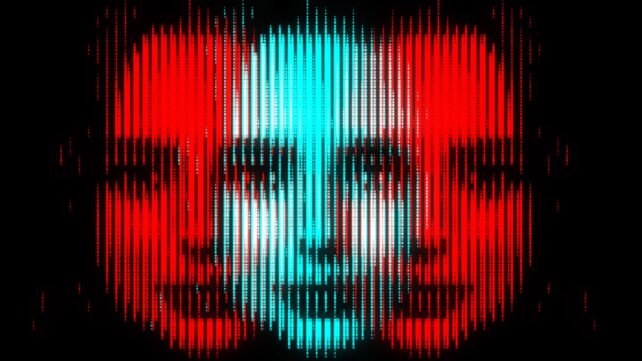Super-recognizers are aces at remembering faces, but how do they do it?
A new study from researchers in Australia reveals that the people who never forget faces look 'smarter, not harder'. In other words, they naturally focus on a person's most distinguishing facial features.
Is this good news for the rest of us, who would like to learn how to avoid future gaffes caused by misremembering an acquaintance? Alas, not so much.
"Their skill isn't something you can learn like a trick," explains lead author James Dunn, a psychology researcher at the University of New South Wales (UNSW) Sydney. "It's an automatic, dynamic way of picking up what makes each face unique."
Related: Struggle to Recognize Faces? Face Blindness May Be More Common Than Scientists Assumed
To see what super-recognizers see, Dunn and his colleagues used eye-tracking technology to reconstruct how people surveyed new faces.
They did this with 37 super-recognizers and 68 people with ordinary facial recognition skills, noting where and for how long participants looked at pictures of faces displayed on a computer screen.

The researchers then fed the data into machine learning algorithms trained to recognize faces. The algorithms, a type known as deep neural networks, were tasked with deciding if two faces belonged to the same person.
"AI has become highly adept at face recognition," explains Dunn. "Our goal was to exploit this to understand which human eye patterns were the most informative."
Obviously, our brains play a huge role in processing visual information. But given eye-tracking data from super-recognizers, the algorithms were more accurate at matching faces than when they were fed data from people with typical face recognition abilities.
"These findings suggest that the perceptual foundations of individual differences in face recognition ability may originate at the earliest stages of visual processing – at the level of retinal encoding," Dunn and colleagues write in their paper.
The study builds on previous work from the same team, which found that super-recognizers turn a face into something like a jigsaw puzzle: They divide new faces into parts, before their brain processes those parts as composite images.
This 'jigsaw' approach challenged the assumption that remembering faces well involved looking at the center of a face and viewing it as a whole.
This new study expands on those findings, suggesting that super-recognizers aren't merely picking up more information about faces than the rest of us, but focusing on features that carry more 'clues'.
"It's like caricature – the idea that when you exaggerate the distinctive features of a face, it actually becomes easier to recognise," Dunn explains. "Super-recognisers seem to do that visually – they're tuning in to the features that are most diagnostic about a person's face."
This research could help improve facial recognition systems, although the researchers say that for now, humans still have the edge over AI when it comes to recognizing faces because we draw on other cues in social situations.
However, we shouldn't be so bold as to think humans are exceptional. Evidence suggests there is a strong genetic basis to remembering faces extremely well, but facial identity processing also plays an essential role in primate social behavior, so the biological roots of this skill may not be uniquely human.
The study has been published in the Proceedings of the Royal Society B: Biological Sciences.

